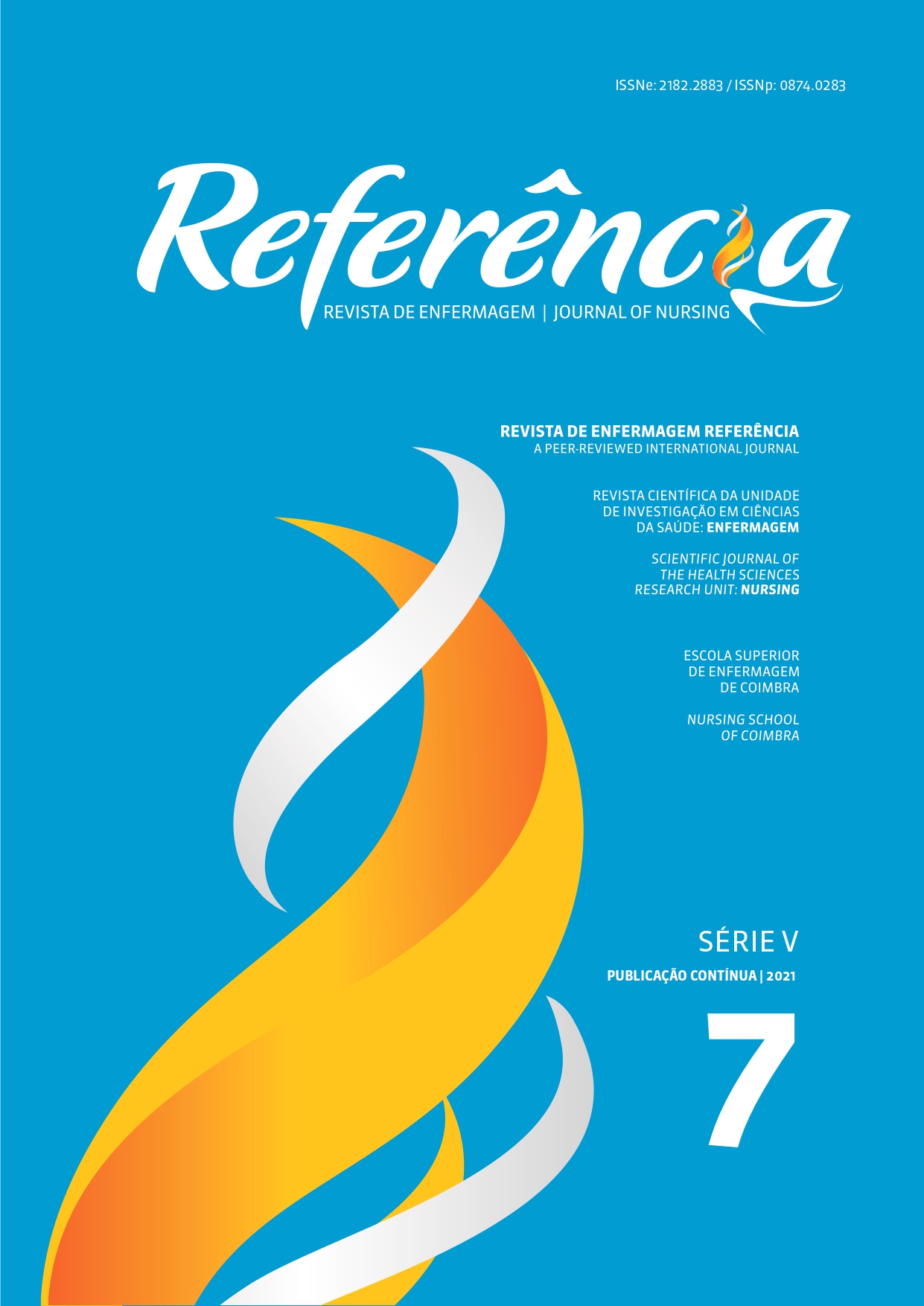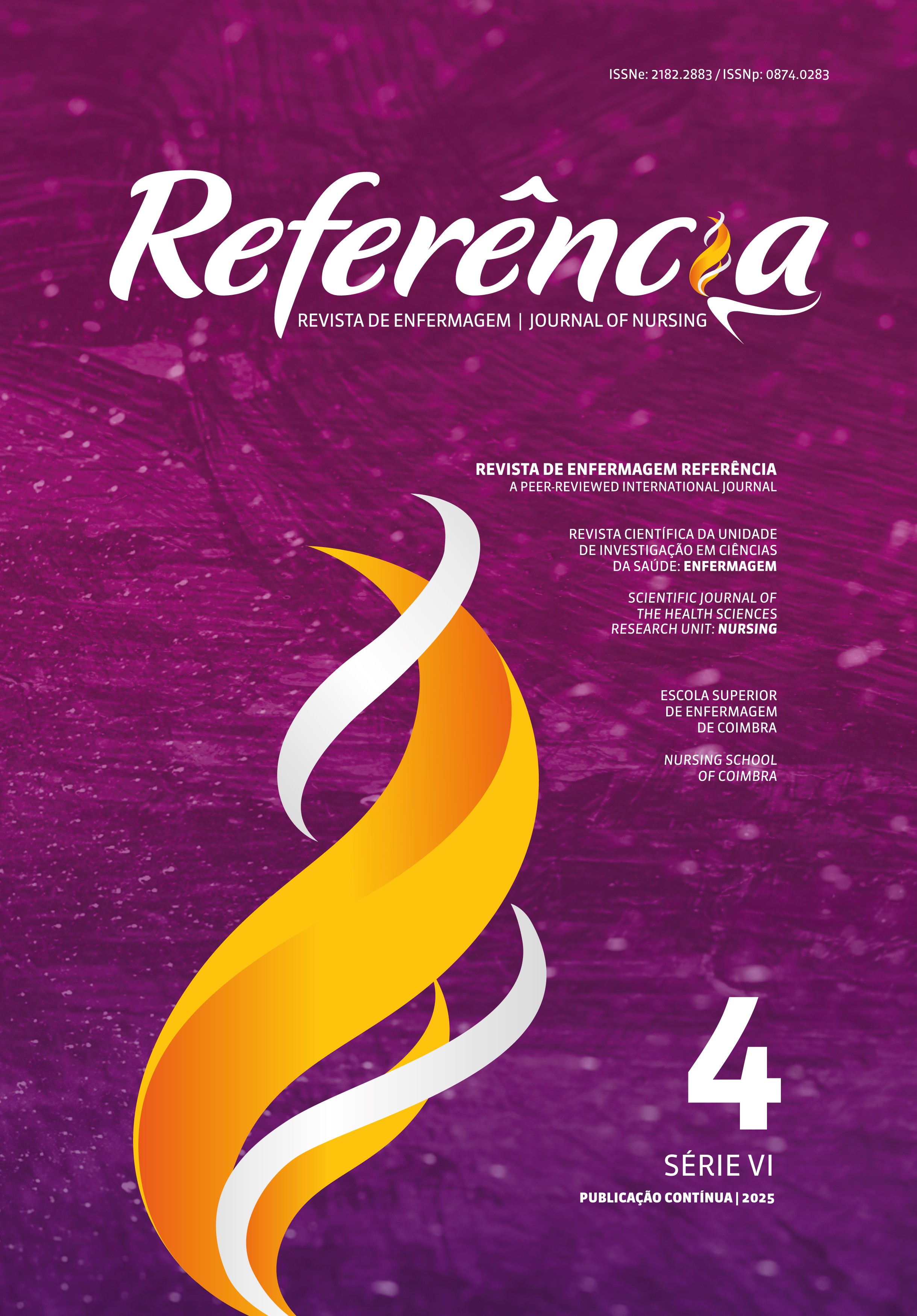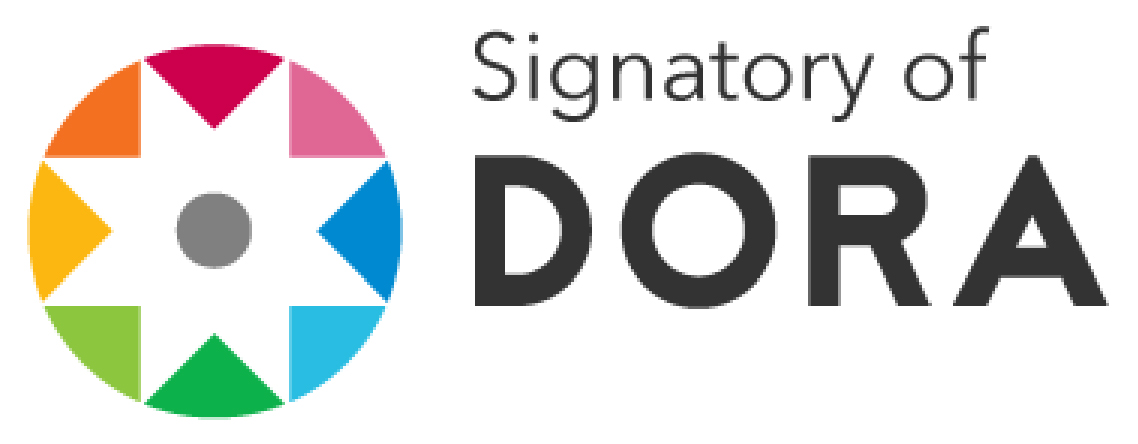Directly observed therapy in the tuberculosis control strategy in Portugal
DOI:
https://doi.org/10.12707/RV20129Keywords:
tuberculosis, treatment, primary health care, nursingAbstract
Background: Tuberculosis is a global health problem that requires effective treatment. The World Health Organization (WHO) recommends that treatment should be tailored and supervised. Portugal has adhered to this strategy, but no studies on this issue were identified.
Objective: To describe the implications of Directly Observed Therapy (DOT) for tuberculosis control in Portugal.
Methodology: Exploratory and descriptive study with a sample of 303 people suffering from pulmonary tuberculosis, in Pulmonary Diagnostic Centers, in Northern Portugal, between March 2019 and January 2020.
Results: DOT was the treatment modality used in 88.1% of the sample. Most participants (75.9% of women and 66.3% of men) received treatment under the supervision of a nurse in the health care units. Patients’ expectations do not seem to be a priority. Decision-making regarding the adopted strategy is left to the health professionals and does not seem to prioritize the patient’s participation.
Conclusion: The DOT modality is a source of dissatisfaction, aggravates patients’ financial burden, and promotes social stigma.
Downloads
References
Balasubramanian, V. N., Oommen, K., & Samuel, R. (2000). DOT or not? Direct observation of anti-tuberculosis treatment and patient outcomes, Kerala State, India. The international journal of tuberculosis and lung disease : the official journal of the International Union against Tuberculosis and Lung Disease, 4(5), 409–413. https://pubmed.ncbi.nlm.nih.gov/10815733/
Bandura, A. (1977). Self-efficacy: Toward a unifying theory of behavioral change. Psychological Review, 84(2), 191–215.https://doi.org/10.1037/0033-295X.84.2.191
Bardin, L. (2016). Análise de Conteúdo. Sao Paulo. Edicoes 70
Chakrabartty, A., Basu, P., Ali, K. M., & Ghosh, D. (2019). Tuberculosis related stigma attached to the adherence of directly observed treatment short course (DOTS) in West Bengal, India. Indian Journal of Tuberculosis, 66(2), 259-265. https://doi.org/10.1016/j.ijtb.2019.03.005
Direcao-Geral da Saude, Programa Nacional para a Tuberculose. (2016). Manual de Enfermagem: Toma de Observação Direta em Doentes com Tuberculose. https://www.dgs.pt/ficheiros-de-upload-2013/tb-manual-tod-pdf.aspx
Direcao-Geral da Saude. (2018). Tuberculose em Portugal, Desafios e Estratégias 2018. https://www.dgs.pt/documentos-e-publicacoes/tuberculose-em-portugal-desafios-e-estrategias-2018-.aspx
Frieden, T. R., & Sbarbaro, J. A. (2007). Promoting adherence to treatment for tuberculosis: The importance of direct observation. Bull World Health Organ, 85(5), 407-409. https://doi.org/10.2471/blt.06.038927
Magalhaes, A., Rocha, B., Cunha, E., Pestana, H., Rodrigues, L., & Abreu, M. (2013). Manual de Boas Práticas de Enfermagem em Tuberculose. https://www.l.pt/ficheiros-de-upload-2013/tb-manual-boas-praticas-enfermagem-pdf.aspx
McLaren, Z. M., Milliken, A. M., Meyer, A. J., & Sharp, A. R. (2016). Does directly observed therapy improve tuberculosis treatment? More evidence is needed to guide tuberculosis policy. BMC Infectious Diseases, 16, 537. https://doi.org/10.1186/s12879-016-1862-y
O’Boyle, S., Power, J., Ibrahim, M., & Watson, J. (2002). Factors affecting patient compliance with anti-tuberculosis chemotherapy using the directly observed treatment, short-course strategy (DOTS). The International Journal of Tuberculosis and Lung Disease, 6(4), 307-312. https://pubmed.ncbi.nlm.nih.gov/11936739/
Ordem dos Enfermeiros. (2013). Guia Orientador de Boas Práticas para a Tuberculose. https://www.ordemenfermeiros.pt/arquivo/publicacoes/Documents/GOBPTuberculose_VFinal_proteg.pdf
Pronyk, P., & Porter, J. (1996). Public health and human rights: The ethics of international public health interventions for tuberculosis. https://doi.org/10.1142/9781848160552_0005
Servico Nacional de Saude. (2019). Tuberculose/redução de casos. https://www.sns.gov.pt/noticias/2019/03/25/tuberculose-reducao--de-casos/
Sontag, S. (2010). Doença Como Metáfora: A Sida e as Suas Metáforas. Quetzal Editores.
Tavares, N. U., Bertoldi, A., Sotero,S. M., Dourado A., P., Luiza, V., Oliveira, M., Dal Pizzol, T. (2016). Fatores associados a baixa adesao ao tratamento farmacologico de doencas cronicas no Brasil. Revista de Saúde Pública, 50(supl 2), 10s https://doi.org/10.1590/s1518-8787.2016050006150
Tian, J., Lu, X., Bachmann, M., & Cancao, F. (2014). Effectiveness of directly observed treatment of tuberculosis: A systematic review of controlled studies. International Journal Tuberculosis Lung Disase, 18, 1092‐1098. https://doi.org/10.5588/ijtld.13.0867
World Health Organization, Communicable Diseases Cluster. (1999). What is DOTS? : A guide to understanding the WHO-recommended TB control strategy known as DOTS. https://apps.who.int/iris/handle/10665/65979
World Health Organization (2020). Global Tuberculosis Report 2020. Geneva, Switzerland. https://www.who.int/publications/i/item/9789240013131
Yin, J., Yuan, J., Hu, Y., & Wei, X. (2016). Association between directly observed therapy and treatment outcomes in multidrug-resistant tuberculosis: A systematic review and meta-analysis. PLoS One, 11(3). https://doi.org/10.1371/journal.pone.0150511
Zhang, H., Ehiri, J., Yang, H., Tang, S., & Li, Y. (2016). Impact of community-based DOT on tuberculosis treatment outcomes: A systematic review and meta-analysis. PloS One, 11(2). https://doi.org/10.1371/journal.pone.0147744






















